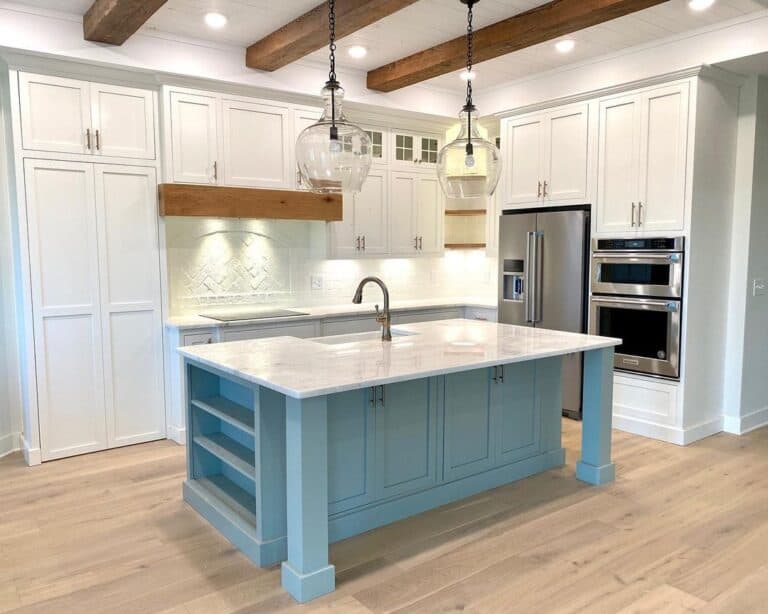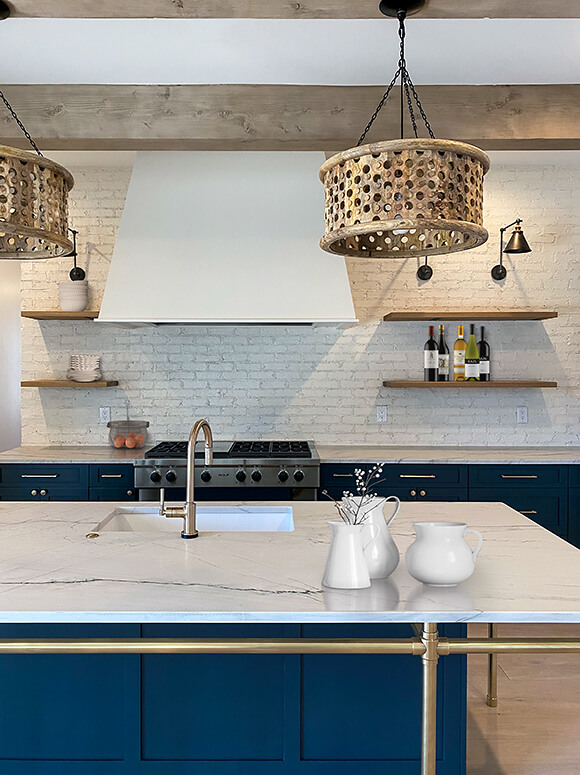Locate Resilient and Attractive Legs For Kitchen Island Changes
Locate Resilient and Attractive Legs For Kitchen Island Changes
Blog Article
An Overview to Picking the Perfect Legs For Cooking Area Island for Your Home
Selecting the optimal legs for your kitchen area island is a nuanced decision that impacts both the capability and aesthetic allure of this main room. As you think about these aspects, it comes to be evident that the ideal legs can change not just the appearance of your cooking area yet also its usability for years to come.

Recognizing Kitchen Island Legs
When choosing legs for a cooking area island, it's important to comprehend their useful and aesthetic roles in the general style. The legs offer as an essential support group, guaranteeing stability and resilience for the island, which usually operates as an office, dining location, or gathering area. Consequently, the option of material and construction method should be durable sufficient to withstand daily usage and potential wear.
Along with their architectural responsibilities, legs add significantly to the island's visual appeal. They can improve the kitchen's style, whether through traditional, modern, or diverse layouts. The elevation and proportion of the legs are likewise important factors to consider; they must harmonize with the island's countertop elevation while making certain comfy seating for those making use of the room.
Furthermore, the leg style can affect the overall flow of the kitchen area. Open, ventilated leg styles can produce a sense of agility, while strong, substantial legs might convey a more based and stable aesthetic - Legs For Kitchen Island. Recognizing these visual and useful elements will certainly assist homeowners in making notified choices that enhance their cooking area's design and enhance its usability
Popular Styles and Materials
The selection of legs for a cooking area island incorporates a selection of popular styles and materials, each offering special qualities that can boost both capability and aesthetic appeals. Typical legs commonly show ornate details and craftsmanship, boosting timeless kitchen layouts.

Height and Security Factors To Consider

The legs of the cooking area island need to offer adequate assistance, making sure that the framework can withstand daily usage without moving or wobbling. Product option plays a substantial function in additional resources stability; steel legs, for instance, have a tendency to provide better stamina compared to wood.
Matching Your Kitchen Area Aesthetic
Selecting the appropriate legs for your cooking area island goes beyond functionality; it additionally plays a substantial duty in the total visual of the room (Legs For Kitchen Island). When selecting legs, consider the layout style of your cooking area.
Shade is one more vital variable. Legs that match this page or contrast with your island's surface area and bordering cabinets can develop visual harmony or striking focal points. For circumstances, matching dark timber legs with a light marble kitchen counter can include deepness and passion. Furthermore, consider the surface of the legs; matte, shiny, or distinctive finishes can considerably impact the overall feeling of the kitchen area.
Setup and Maintenance Tips
Setting up kitchen island legs requires mindful focus to information to guarantee both stability and aesthetic appeal. Utilize a stud finder to find wall studs if you are attaching the legs to a wall surface or utilizing brackets for added assistance.
When securing the legs, use top notch screws and, if essential, timber adhesive for added toughness. For steel legs, make certain that you are making use of suitable supports and tools to avoid damage to your flooring. It is recommended to look for levelness after setup, making adjustments as needed to stay clear of additional reading tottering.
Tidy the legs with a suitable cleaner, preventing unpleasant materials that might scrape the surface area. By complying with these setup and upkeep tips, you can guarantee that your kitchen island legs continue to be both useful and visually appealing.
Conclusion
Finally, selecting the appropriate legs for a kitchen island requires careful factor to consider of height, security, and aesthetic compatibility. By picking ideal materials and styles that align with the overall kitchen area design, performance can be boosted while keeping aesthetic appeal. Proper installment and continuous upkeep better contribute to the durability and longevity of the kitchen island. Inevitably, thoughtful leg choice plays an important duty in raising both the practicality and design of the cooking area room.
When picking legs for a kitchen area island, it's important to comprehend their useful and aesthetic roles in the total style. Open, airy leg styles can create a feeling of lightness, while solid, substantial legs might communicate an extra based and secure aesthetic. The legs of the kitchen area island should provide sufficient support, making sure that the structure can endure daily use without moving or wobbling.Mounting kitchen area island legs calls for mindful interest to detail to make sure both security and visual charm.In verdict, picking the suitable legs for a cooking area island demands mindful factor to consider of height, stability, and aesthetic compatibility.
Report this page